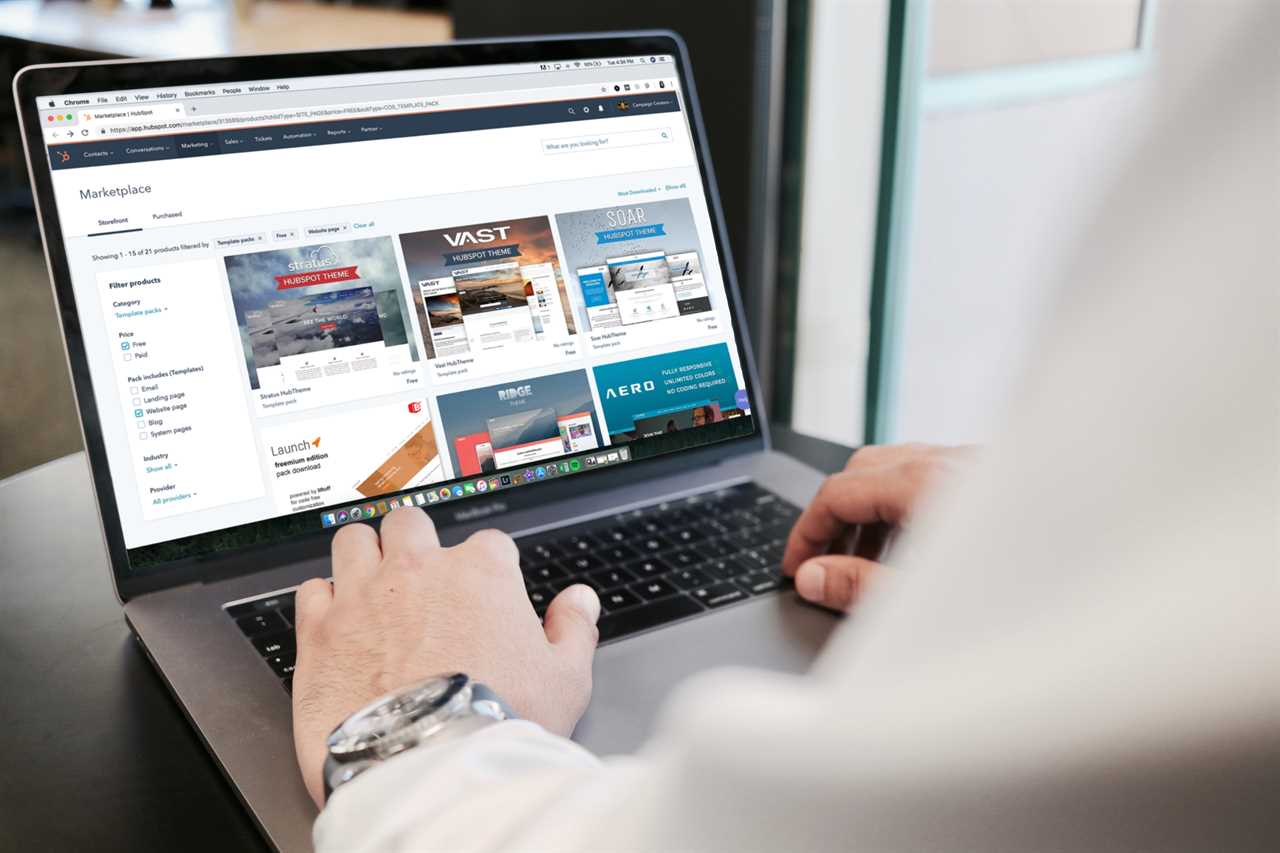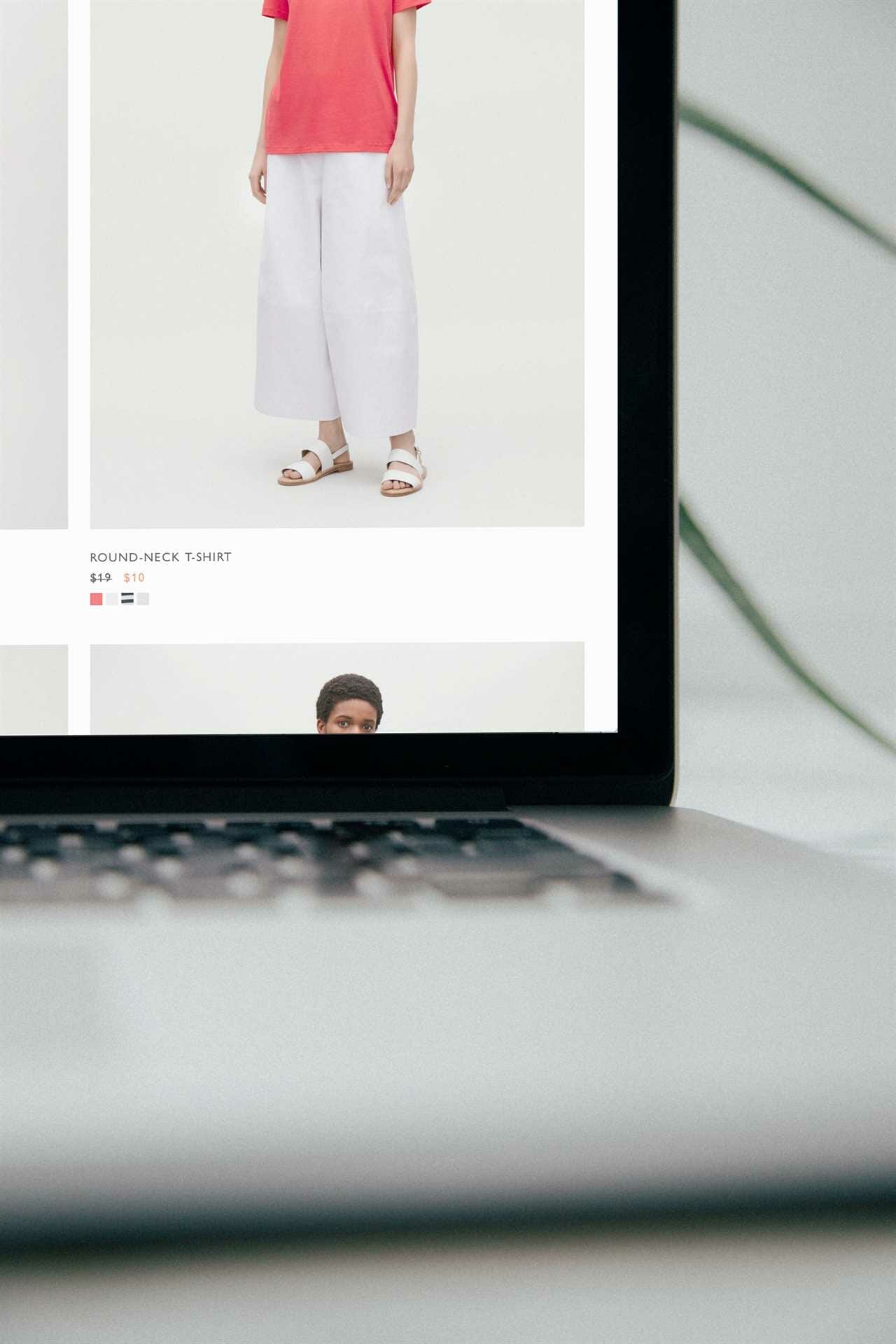
Are you ready to unlock your financial freedom and take control of your own business? Look no further than Amazon FBA!
With this profitable private label selling guide, you’ll learn the secrets to success in the world of e-commerce. Imagine the thrill of having your products stored, packed, and delivered by Amazon, while you sit back and watch the sales pour in.
Say goodbye to the traditional 9-5 grind and hello to a life of flexibility and independence. It’s time to seize your opportunity and become an Amazon FBA entrepreneur.
Key Takeaways
- Fulfillment by Amazon (FBA) helps sellers store, pack, and deliver items to customers, allowing sellers to focus on marketing and building their brand.
- Private Label is the most profitable and scalable business model on Amazon FBA, requiring thorough product research and finding the right manufacturer or supplier.
- FBA allows sellers to delegate operational tasks to Amazon, freeing up time for strategic business-building activities and ensuring items are received in good condition.
- Finding and launching products on Amazon FBA requires thorough product research, utilizing Amazon marketing tools, creating compelling listings, optimizing keywords, and continuously monitoring and optimizing product listings for better performance.
Step 1: Understanding Amazon FBA
To start your profitable private label business on Amazon FBA, it is important for you to understand how Amazon FBA works and the benefits it provides to sellers.
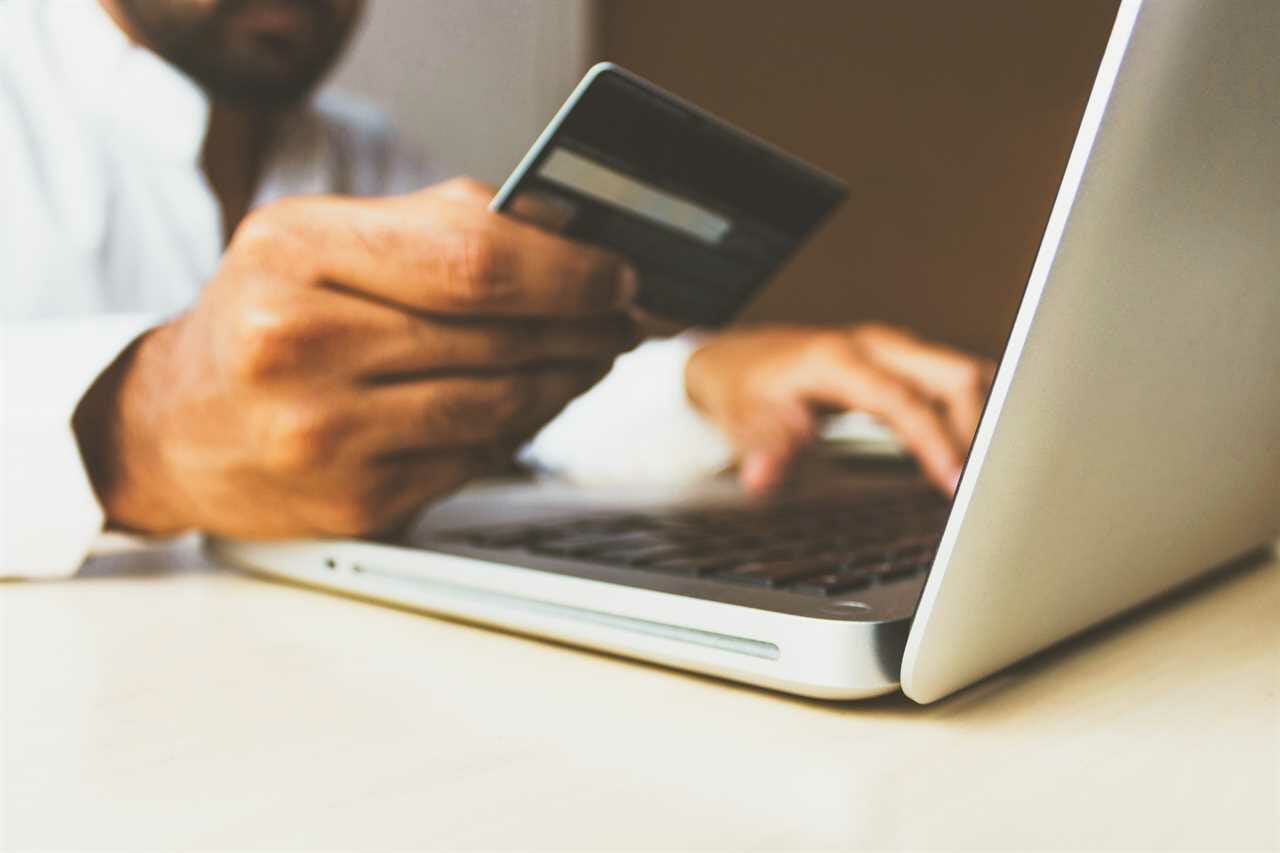
Amazon FBA, or Fulfillment by Amazon, is a service that allows sellers to store, pack, and deliver their products to customers. By utilizing Amazon’s vast network of warehouses, sellers can take advantage of benefits like Prime 2-day shipping, which can significantly increase their sales.
Starting an Amazon seller account is easy, and once you’re set up, Amazon takes care of order fulfillment, freeing up your time to focus on marketing and building your brand. This means that you can have the freedom to work on growing your business while Amazon handles the logistics.
With Amazon FBA, you can leverage the power of the world’s largest online marketplace to achieve your financial goals.
Step 2: Choosing the Right Business Model
Choose the business model that best aligns with your goals and resources. When it comes to scaling your private label business on Amazon FBA, selecting the right business model is crucial.
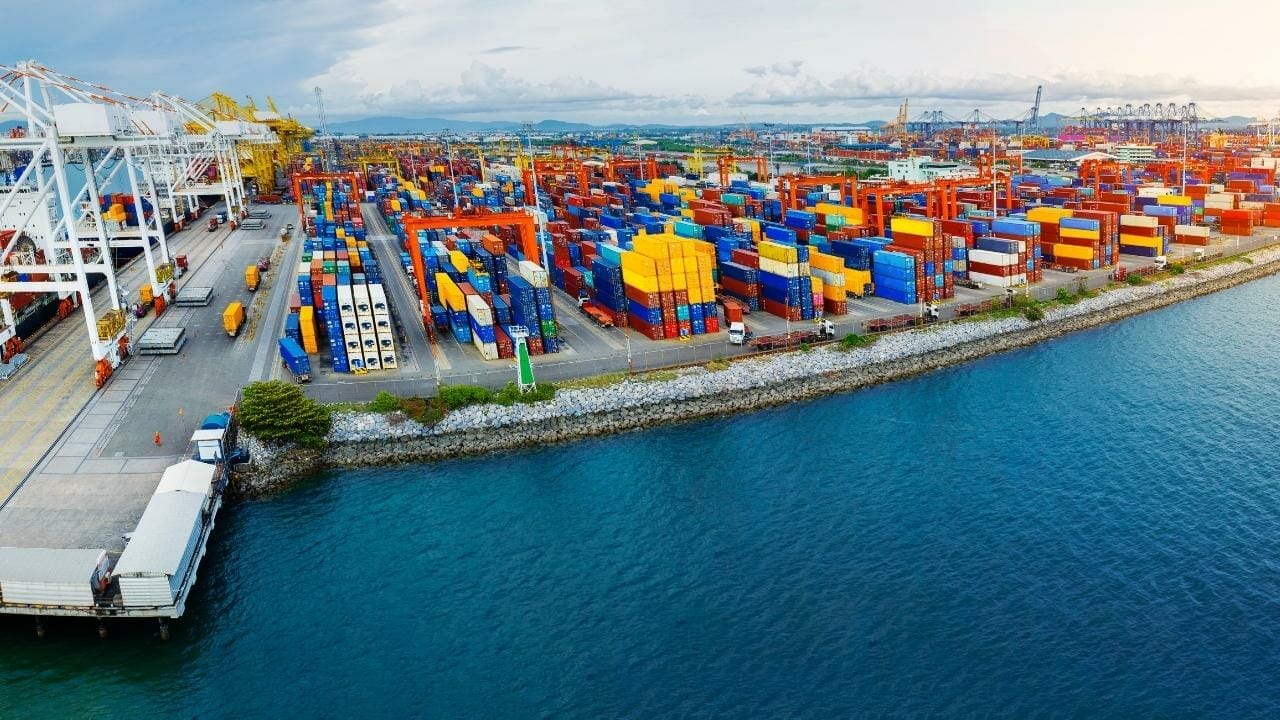
Consider the following options:
-
Private Label: Create your own unique brand and product. This allows for greater control over your brand and potentially higher profit margins.
-
Wholesale: Buy other brands’ products in bulk for resale. This can be a good option if you don’t want to deal with product development and want to focus on marketing and sales.
-
Reselling: Buy discounted items and resell them for profit. This requires finding deals and knowing the market well.

-
Dropshipping: Buy directly from manufacturers who handle fulfillment. This can be a low-risk option as you don’t need to invest in inventory upfront.
Choosing suppliers and scaling your private label business are key to success. Conduct thorough research, find reliable suppliers, and ensure cost-effective production and shipping. As you build your brand, track inventory and sales to optimize performance.
Step 3: Selling Private Label Products on Amazon FBA
When selling your own branded products on Amazon FBA, it is essential to conduct thorough product research to find high demand, low competition items. This is the key to building a successful and profitable private label business on Amazon.
Start by finding manufacturers or suppliers who can provide cost-effective production and shipping. Look for reliable partners who can meet your quality standards and deliver on time.

Once you have your products sourced, it’s time to build your brand presence on Amazon. Create a compelling Amazon listing that highlights the unique features and benefits of your products. Optimize keywords to improve visibility and use high-quality product images to attract customers.
Set competitive prices and consider offering promotions to drive sales. Don’t forget to utilize Amazon advertising to increase your brand’s visibility. Continuously monitor and optimize your product listings for better performance.
Step 4: Comparing Amazon FBA and FBM
If you want to streamline your operations and focus on growing your business, consider utilizing Amazon FBA for storage, inventory management, and customer service, rather than handling everything yourself through FBM.
Here are the pros and cons of comparing FBA and FBM:

-
FBA (Fulfillment by Amazon):
-
Pros:
-
Amazon takes care of storage, inventory, shipping, and customer service.
-
Prime 2-day shipping benefits.

-
Allows sellers to focus on marketing and strategic business-building activities.
-
Ensures items are received in good condition and reimburses for any damages.
-
Cons:
-
Higher fees compared to FBM.

-
Less control over the fulfillment process.
-
FBM (Fulfillment by Merchant):
-
Pros:
-
Lower fees compared to FBA.

-
More control over the fulfillment process.
-
Cons:
-
Sellers need to handle storage, inventory, packing, and shipping themselves.
-
No Prime 2-day shipping benefits.

Considering the pros and cons, it’s important to evaluate which fulfillment option aligns best with your business goals and desired level of control.
Step 5: Finding and Launching Products on Amazon FBA
To successfully find and launch products on Amazon FBA, thoroughly research high demand, low competition items using data-driven methods.
Product research techniques are essential in identifying profitable opportunities. By analyzing market trends, customer preferences, and competition, you can uncover hidden gems that have the potential to generate significant profits.
Utilize Amazon’s vast database and dedicated research tools to gather relevant data and insights. Conduct profitability analysis strategies to assess the potential return on investment for each product. Consider factors such as sourcing costs, manufacturing and shipping expenses, and potential profit margins.

This data-driven approach will guide you towards selecting the most lucrative products to launch on Amazon FBA. By strategically choosing products with high demand and low competition, you can position yourself for success and achieve the freedom and financial rewards you desire.
Step 6: Optimizing Your Listings and Driving Sales
Optimize your Amazon listings by utilizing strategic keywords, high-quality product images, and competitive pricing to drive sales and increase visibility.
To further enhance your listing optimization techniques and boost conversion rates and sales, consider the following strategies:
-
Understand your target audience: Conduct thorough market research to identify the keywords and phrases your potential customers are searching for. Tailor your product descriptions and titles to align with their needs and wants.

-
Optimize your backend keywords: Take advantage of Amazon’s backend search fields by including relevant keywords that aren’t visible to customers. This will improve your product’s visibility in search results.
-
Monitor and update your listings regularly: Stay up-to-date with market trends and competitor strategies. Continuously optimize your product listings by analyzing customer feedback, adjusting pricing, and updating product images to stay ahead of the competition.
Frequently Asked Questions
What Are the Fees Associated With Using Amazon FBA for Private Label Selling?
Calculating FBA fees for private label selling on Amazon is crucial. These fees include storage, pick & pack, and referral fees based on the product category. Utilize Amazon’s fee calculator to estimate costs and make informed pricing decisions for maximum profitability.
How Can I Protect My Brand From Counterfeiters on Amazon Fba?
To protect your brand on Amazon FBA, implement anti-counterfeiting measures like brand registry, monitoring for unauthorized sellers, and using unique packaging or labeling. Stay vigilant and take immediate action against counterfeiters.
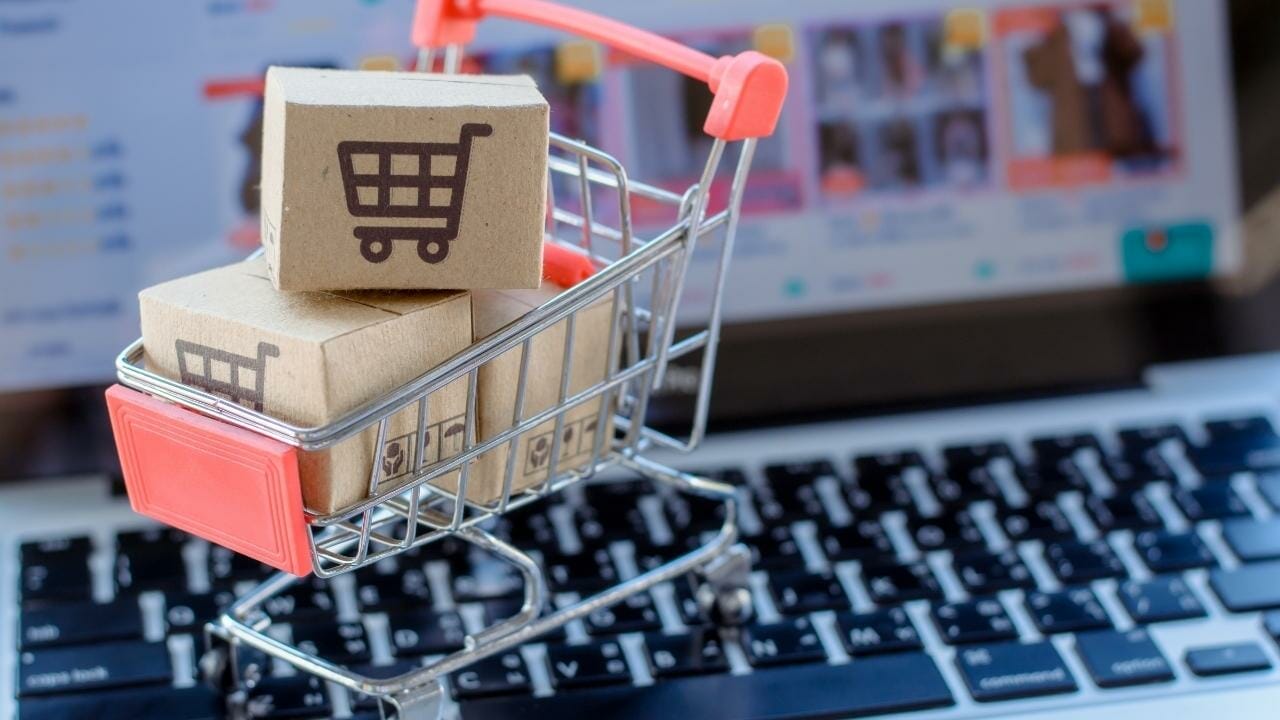
Can I Use Amazon FBA to Sell Internationally?
Yes, you can absolutely use Amazon FBA to sell internationally! With its expanding global reach and international shipping options, FBA allows you to effortlessly tap into new markets and grow your business worldwide. Enjoy the freedom of global expansion!
How Long Does It Take for Amazon FBA to Receive and Process My Inventory?
Inventory processing time for Amazon FBA can vary. Once shipped, track your shipment through Amazon FBA shipment tracking. This data-driven approach allows you to have control and freedom in managing your inventory and business growth.
Are There Any Restrictions on the Types of Products I Can Sell Using Amazon Fba?
There are restrictions on the types of products you can sell using Amazon FBA. Certain items are considered restricted or prohibited, so it’s important to research and comply with Amazon’s guidelines for a successful selling experience.



